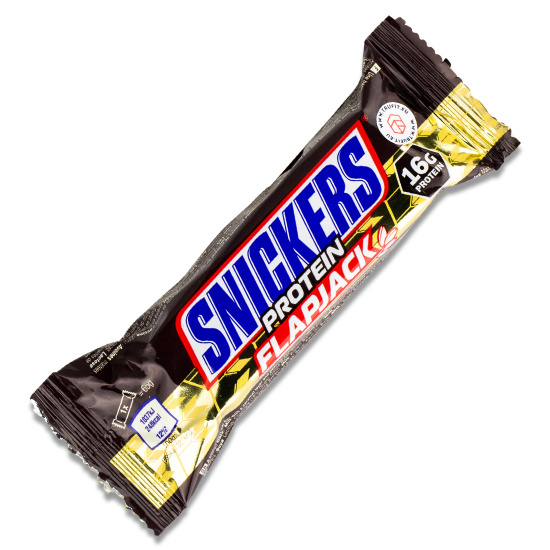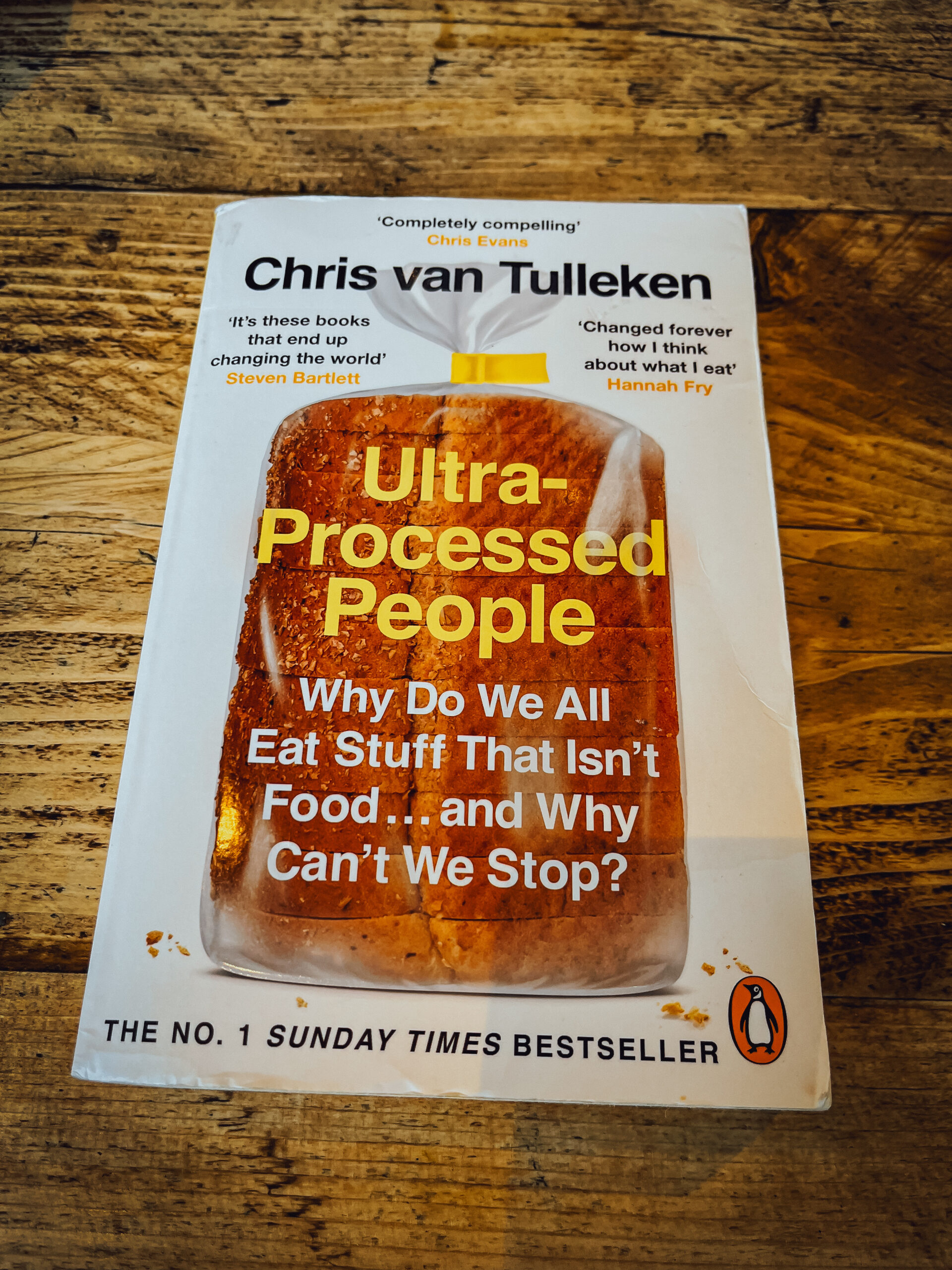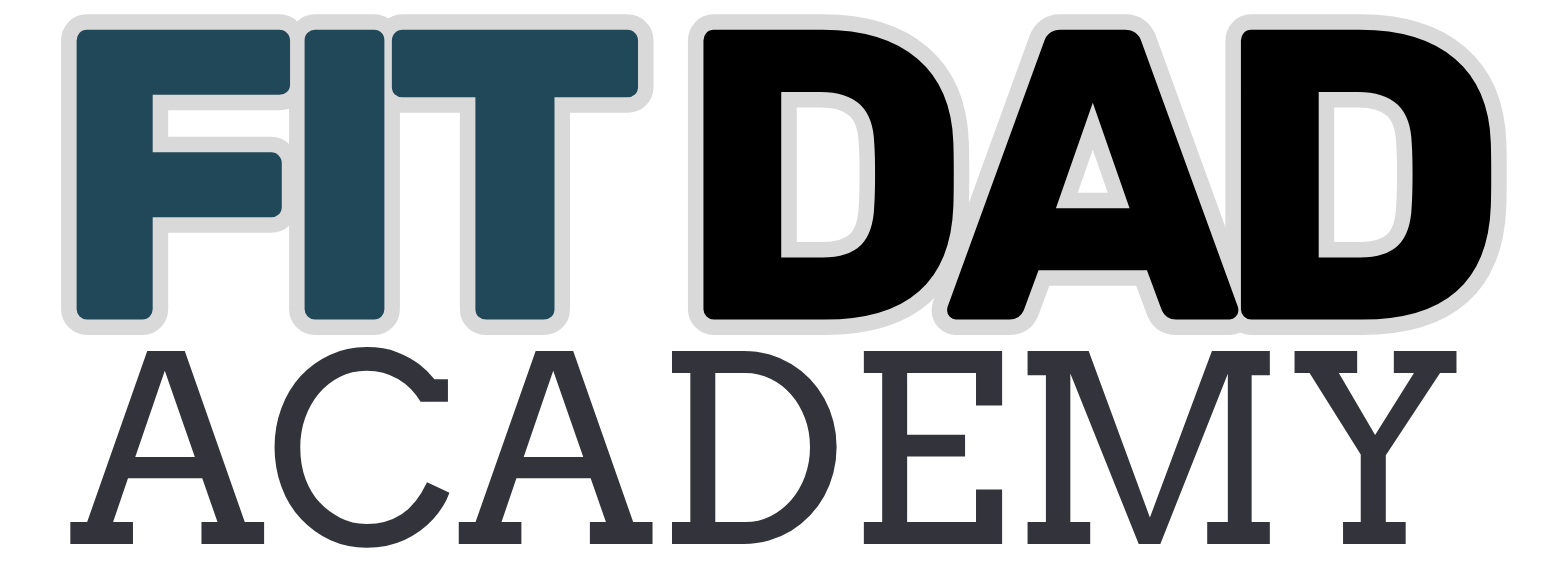Food labels are a minefield. They’re designed to confuse you, mislead you, and, to be honest, make you give up and throw that packet of biscuits in your trolley without a second thought.
But if you’re serious about smashing your health goals, and eating a low-sugar and low ultra-processed diet, learning to read labels isn’t optional—it’s essential mate.
Right, the good news?
It’s not as complicated as it looks.
Once you know what to watch for, you’ll be dodging hidden sugars and processed nonsense like a pro.
Let’s get into it.
The Truth About Food Labels
Im sorry to let you know this mate, but the food industry doesn’t give a flying monkeys about your health.
Food companies exists for one thing, to make a profit for the shareholders and company executives.
And for the food companies to make profit for their shareholders they need you to buy their products, not understand what’s in them.
They slap on buzzwords like “natural,” “low-fat,” “healthy,” “high in fibre” or the most recent “high protein” hoping you won’t notice the truck load of sugar in them or laundry list of unpronounceable ingredients, which are all chemicals hidden in the fine print that will fuck you up the more you eat them.
See exibit #1 - “High Protein” Chocolate Bar

It’s just a Snickers with a scoop of protein powder in it and marketed at you as a “high protein” snack.
It’s still a snickers chocolate bar.
To take control of your health, you’ve got to be cleaver, smarter than their marketing—and trust me, you will be by the end of this Module.
To navigate the devious, unethical marketing of these food companies, here’s 7 strategies so you can tune in your bullshit detector at give this imitation, ultra-processed nonsense a swerve next time your on your big shop.
Don’t Be Fooled by the Front
Rule number one: the front of the package is a sales pitch. Not qualified health advice.
Ignore it.
Do NOT buy food from the health claims on the front.
“Low-fat” means “more sugar, more chemicals” “high fibre” usually means added fibre that that’s useless to your body, and “natural” doesn’t mean anything healthy at all.
See past the bright colours and healthy looking images on the packaging.
Turn that box around and get to what you need to know—the food label and ingredients list.
Check the Sugars
Since the public has cottoned on that foods high in sugar are not great to eat, the food industry has pivoted on it’s marketing.
Sugar doesn’t always show up as sugar anymore. Instead, it hides behind dozens of aliases like:
- Glucose
- Beet sugar
- Blackstrap molasses
- Barley malt
- Buttered syrup
- Fructose
- Maltodextrin
- High-fructose corn syrup
- Agave nectar
- Ethyl maltol
- Dextrin
- Evaporated cane juice
- Malt syrup
- Carob syrup
- Maple syrup
- Cane crystals
- Fruit juice concentrate
- Molasses
- Cane sugar
- Raw sugar
- Corn sweetener
- Sucrose
- Corn syrup
- Syrup
- Crystalline fructose
- Invert sugar
- Dextrose
- Maltose
- Anything ending in “-ose”
If the ingredient list reads like a science experiment, made by “food scientists” in a lab, that’s your red flag.
Look for total sugar on the nutrition label and go for foods with less than 5g of sugar per 100g—the closer to zero the better.
Watch Out for Ultra-Processed Ingredients
We’re going to have a belt an braces conversation on this point so strap in.
If you want to live longer, look younger, be leaner, fitter, stronger, get healthier as you get older.
If you like the sound of lowering your risk from Alzheimers and dementia, heart attack, metabolic disease, stroke, prostate, colon and stomach cancers.
If you want lower cholesterol and lower blood pressure and lower your risk of premature death, you have to cut back on ultra-processed food. {1}
They’re the new pandemic that’s flying under the radar.
Here’s the golden rule: if you can’t recognise it, pronounce it, or imagine buying it at the shop as a standalone ingredient, it’s ultra-processed and to be left on the shelf.
The ingredient list is your best mate on avoiding them.
Here’s the list to look out for…
- Emulsifiers
- Preservatives
- Artificial sweeteners
- Flavour enhancers
- Additives (E-numbers)
- Hydrolysed proteins,
- Soya protein isolate,
- Gluten,
- Casein,
- ‘Mechanically separated meat”
- Fructose,
- High-fructose corn syrup
- ‘Fruit juice concentrate’,
- Invert sugar
- Soluble or insoluble fibre
- Maltodextrin
- Dextrose
- Lactose
- Hydrogenated or interesterified oil
Real food is not made in a lab from man made chemicals, and doesn’t need a chemistry degree to decipher.
The best tool I’ve found to help you rid yourself of these killer chemicals, that should be called industrially produced edible substances, is an app called Open Food Facts.
They have a website too wwwopenfoodfacts.org which I highly recommend.
For a full emersion into the world of Ultra-Processed Food grab a copy of Ultra-Processed People by Chris Van Tulleken.

It will forever change the way you see the chemical mess that is marketed to us as “food” forever.
Also keep an eye out for my new course called The Ultra-Processed Revolution which will launch towards the end of 2025.
I’ll keep you up to date on that through the new year.
The Fewer Ingredients, the Better
When your not sure, go for simplicity. A loaf of bread with 25 clandestine ingredients is more likely to be ultra-processed than one with just five ingredients that you recognise.
The shorter the list, the less ultra-processed it is.
Don’t Get Tricked by Serving Sizes
Here’s a sneaky tactic: companies use laughably small serving sizes to make their nutrition info look better.
That “100-calorie” snack? The portion might be so small you’ll need four to feel remotely satisfied. Always check the total calories, sugar, and fat for the whole package—not just the “recommended” serving.
Know Your Priorities
You don’t have to be perfect—this isn’t about obsessing over every single calorie or every ingredient from the get go.
Focus on cutting out the biggest culprits first:
- Total added sugars.
- Ingredients from the list above that are used to make the food Ultra-processed.
Start there, and aim to eat veggies, nuts, seeds, beans and legumes, whole grains, soya, tofu and wild caught fish.
Then if you eat read meat and chicken throw them in next and you’re already ahead of the game.
Use Your Power
Here’s the thing mate: every time you choose a product with less added sugar and fewer ultra-processed ingredients, you’re sending a message to food companies.
You’re saying, “I’m not falling for your tricks mate, and I demand better.”
That might feel small, but it’s how change starts.
Final Thoughts
Learning to read labels is like lifting the curtain on the food industry’s devious ways to get you to buy the shit they peddle—and once you see it, you can’t unsee it.
Yes, it takes a bit of effort at first, but soon it’ll become second nature. And every label you read is a step closer to a healthier, more intentional way of eating.
So, grab that next product off the shelf, flip it around, and use your new found strategies to your benefit.
Your body will thank you for it.

